Description
Pirfenex 400mg Tablet – Antifibrotic Treatment for Lung Fibrosis
Pirfenex 400mg Tablet is an antifibrotic medicine prescribed to treat idiopathic pulmonary fibrosis (IPF). It helps reduce lung scarring and swelling, improving breathing capacity and quality of life.
Uses of Pirfenex Tablet:
How Pirfenex Tablet Works?
Pirfenex 400mg Tablet works by blocking the action of a natural substance involved in fibrosis (scarring). This slows the progression of lung scarring and reduces lung inflammation, allowing better oxygen exchange and easing breathing.
How to Use Pirfenex Tablet?
- Take exactly as prescribed by your doctor.
- Swallow whole – do not crush, chew, or break the tablet.
- Take it with food to reduce the risk of nausea or stomach upset.
- Take it at the same time each day for best results.
Benefits of Pirfenex Tablet:
Pirfenex helps slow the progression of IPF by limiting further damage to lung tissues. Though it does not cure the disease, it helps preserve lung function, reduce symptoms like breathlessness and dry cough, and improve overall breathing ability.
Common Side Effects:
Side effects usually subside as your body adjusts to the medication. Report persistent or severe symptoms to your doctor.
- Insomnia (trouble sleeping)
- Headache
- Dizziness
- Tiredness and fatigue
- Loss of appetite and weight loss
- Indigestion, nausea, or diarrhea
- Photosensitivity (sunburn, skin redness)
- Upper respiratory infections
Safety Advice:
- Alcohol: Consult your doctor – No established interaction, but caution advised.
- Pregnancy: Not recommended – Animal studies show harmful effects; consult your doctor.
- Breastfeeding: Consult your doctor – Safety not established in lactation.
- Driving: UNSAFE – May cause dizziness or drowsiness. Avoid driving if affected.
- Kidney Disease: Use with caution – Dose adjustment may be required. Avoid in severe kidney disease or dialysis.
- Liver Disease: Use with caution – Dose adjustment may be needed. Avoid in severe liver impairment.
Drug Interactions:
Pirfenex can interact with other medicines, increasing the risk of side effects. Inform your doctor about all ongoing medications.
- Fluvoxamine: Severe – Avoid. Increases Pirfenidone levels.
- Amiodarone (Oral/IV): Moderate – Monitor side effects closely.
- Chloramphenicol: Moderate – May increase Pirfenidone levels.
- Allylestrenol: Moderate – Monitor for symptoms like nausea or rash.
Monitoring During Treatment:
- Liver function tests: Monthly for first 6 months, then every 3 months.
- Lung function tests: Periodically to evaluate disease progression and treatment response.
- Weight monitoring: Regularly to detect unintended weight loss.
Precautions:
- Avoid sun exposure. Use sunscreen and protective clothing.
- Avoid smoking, which may reduce the drug’s effectiveness.
- Do not stop the medicine abruptly. IPF is a progressive condition and continuous treatment is essential.
FAQs:
- Is Pirfenex a steroid?
No, Pirfenex is not a steroid. It belongs to the pyridine class of antifibrotic agents. - Can I stop taking Pirfenex if I feel stable?
No, IPF is progressive and unpredictable. Do not stop treatment without your doctor’s approval. - What should I avoid during Pirfenex treatment?
Minimize sun exposure and avoid smoking. - How do I know if it’s working?
Your doctor will monitor lung function tests and overall breathing symptoms to assess response.
Storage Instructions:
- Store in a cool, dry place away from direct sunlight.
- Keep out of reach of children and pets.
- Do not use if the packaging is damaged or expired.

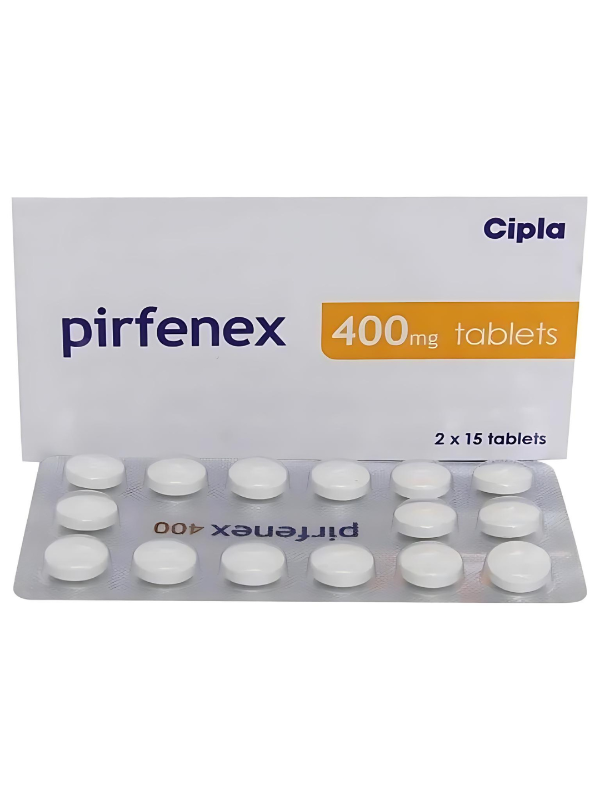
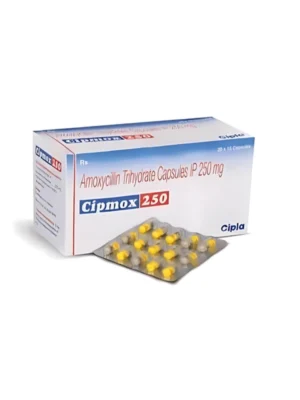
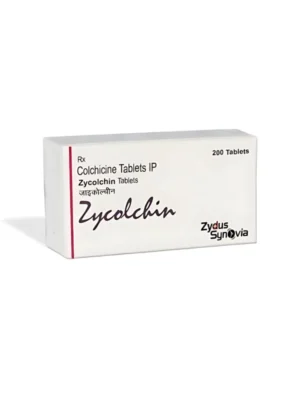
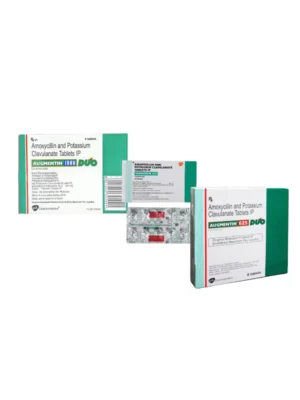
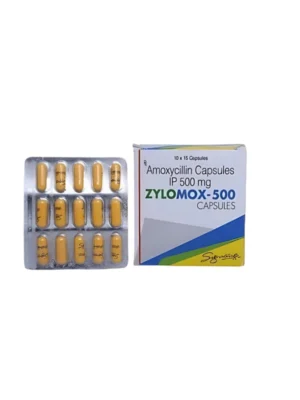
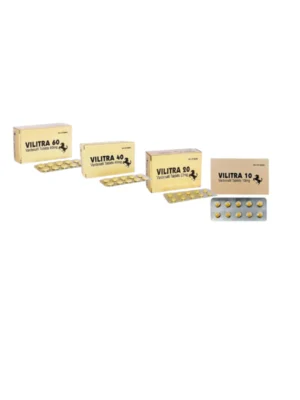

There are no reviews yet.